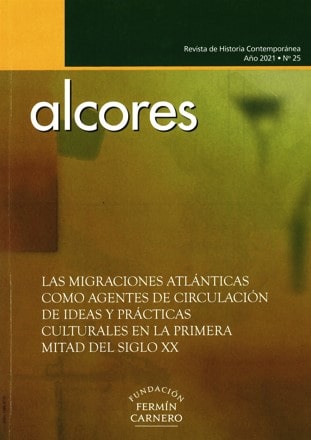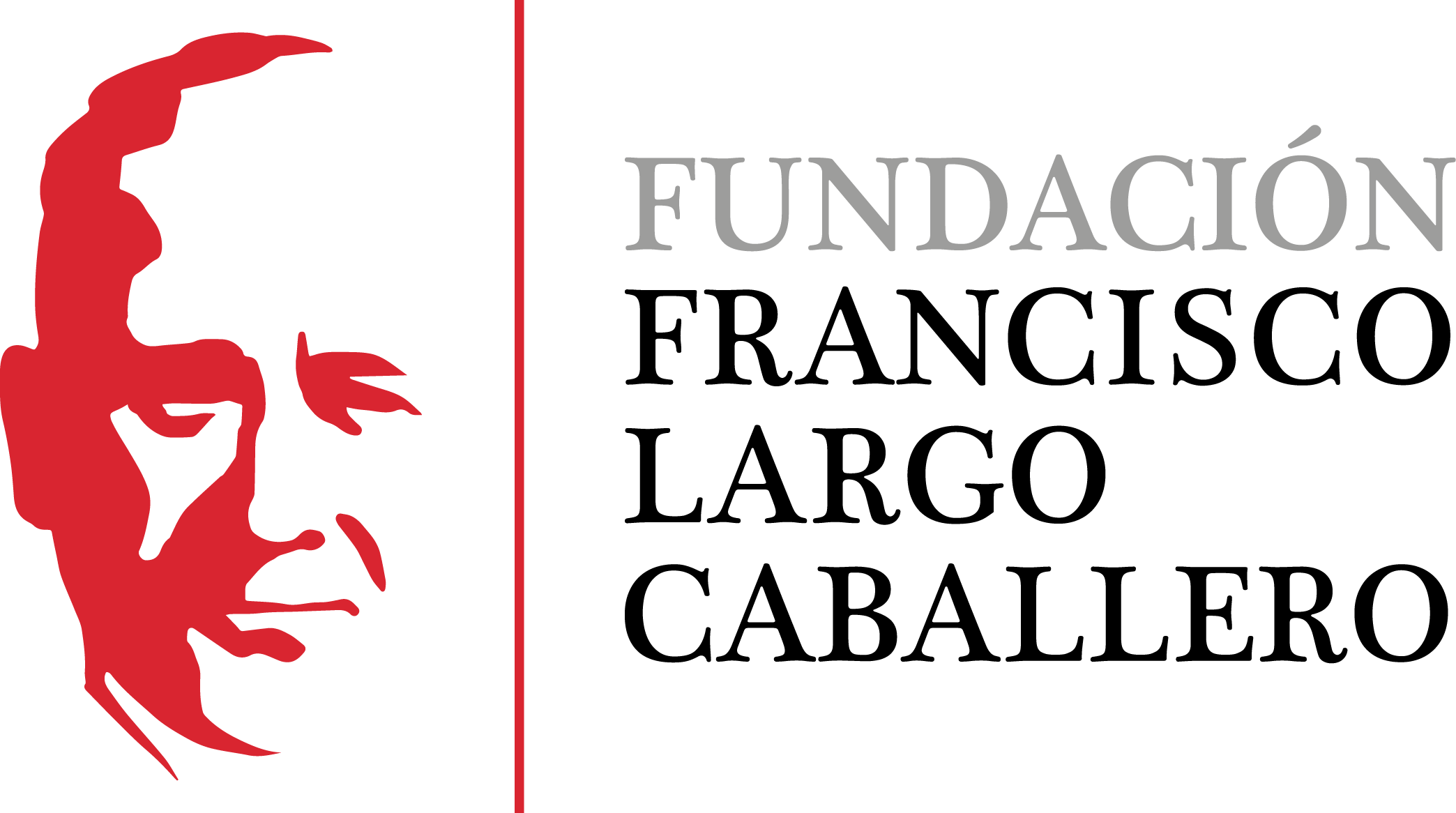Some notes about the initial projects of the spanish and argentine political reformism in the beginning of the twentieth century
DOI:
https://doi.org/10.69791/rahc.13Keywords:
beginning of the 20th century, cultural connections, liberal and democratic political culture, Spain and Argentina, economic and social transformationsAbstract
Historiography has focused on national political projects with attention to the ideological and cultural links that occurred in different places, but with affinities supported by historical reasons. This is the case of the connection between Spain and Latin America at the beginning of the 20th century, in the midst of the migratory phenomenon of Spaniards to the American continent. This is a moment of great interest because ideas of a liberal nature and democratic projection are being expressed on both sides of the ocean.
In this article we will focus our attention on the links between the proposals of the Argentine and Spanish reformist liberals at the beginning of the 20th century, expressed in the formation of the Spanish Reform Republican Party in 1912 and the Argentine Progressive Democratic Party in 1914, beyond the Personal and collective evolutions of both political projects that will form part of later investigations.
Downloads
Global Statistics ℹ️
|
99
Views
|
21
Downloads
|
|
120
Total
|
|
Downloads
Published
How to Cite
Issue
Section
License
Copyright (c) 2022 Francisco M. Balado Insunza

This work is licensed under a Creative Commons Attribution 4.0 International License.
Alcores is an open-access journal. It provides unrestricted access to its content from the moment of publication. We respect intellectual property rights, and for this reason, the author retains the copyright. All content is distributed under a Creative Commons Attribution 4.0 International (CC BY 4.0) license. The terms of the license can be consulted at: https://creativecommons.org/licenses/by/4.0/
This license allows sharing (copying and redistributing the material in any medium or format) and adapting (remixing, transforming, and building upon the material for any purpose), provided that authorship and first publication in this journal are properly credited, a link to the license is included, and any changes made are indicated.
This type of license facilitates the freedom of reuse and ensures that the content of this journal can be used to meet research needs.





